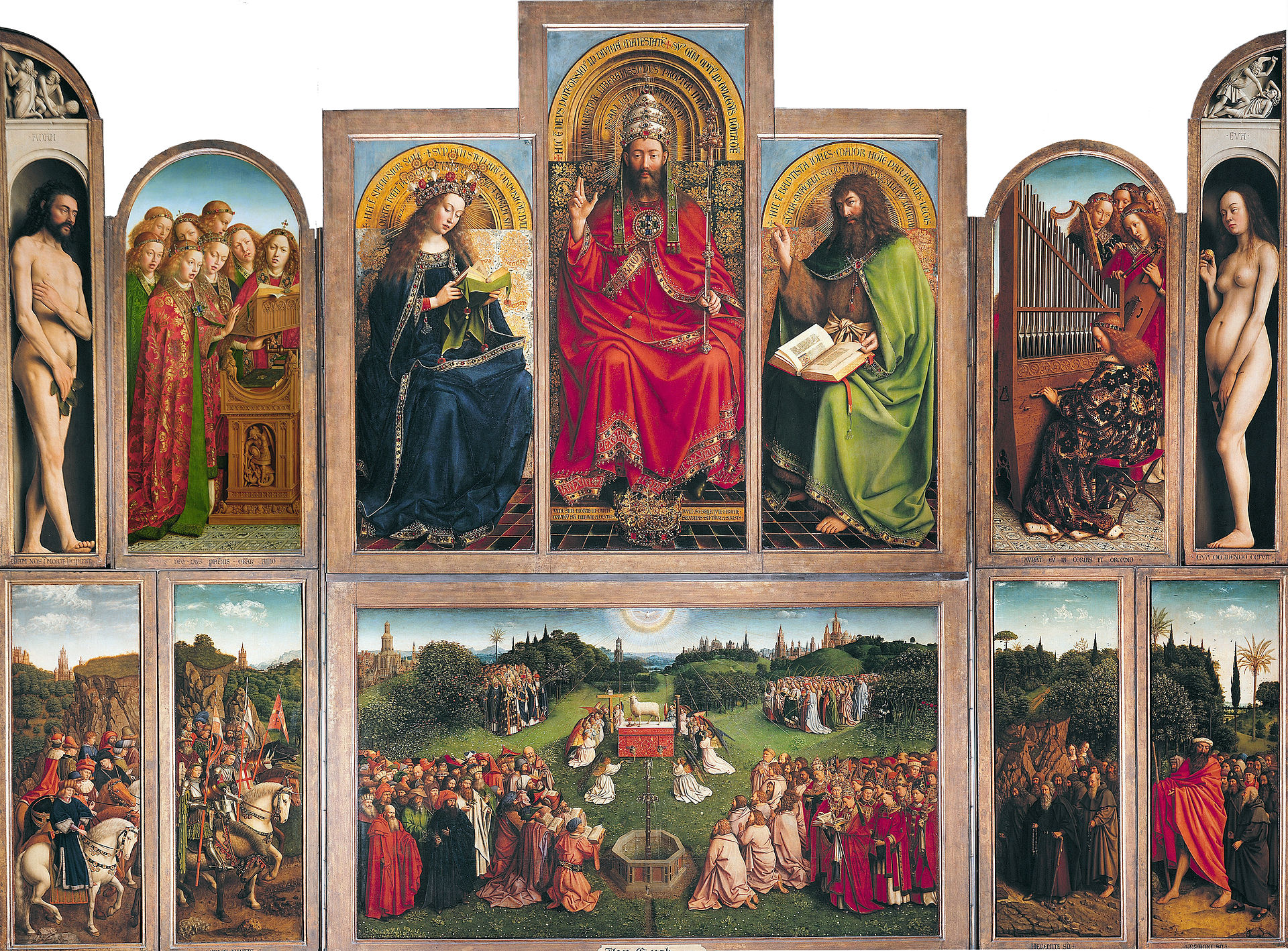AA- Alcoholics Anonymous

Alcoholics Anonymous (AA) is an international mutual aid association, whose goal is to enable its members to "stay sober and help other alcoholics to become sober". AA is unprofessional, self-sufficient and apolitical. The only requirement for membership is a desire to stop drinking. A.A.'s recovery program is outlined in the Twelve Steps.
A.A. was founded in 1935 in Akron, Ohio , when one alcoholic, Bill Wilson, talked to another alcoholic, Bob Smith, about the nature of alcoholism and a possible solution. With the help of other early members, book Alcoholics Anonymous: The story of How Over a Hundred Men Came Out of Alcoholism was written in 1939 year. Its title became the name of the organization and is now usually referred to as the "Big Book". The first Twelve Traditions of A.A. were introduced in 1946 R., To help the community be stable and united without involvement in "external affairs" and influence.
Traditions advise members to remain anonymous in the public media, altruistic assistance to other alcoholics; and A.A. groups avoiding official affiliation with other organizations. They also discourage dogmas and coercive hierarchies. Later communities, such as Narcotics Anonymous , they align the Twelve Steps and Twelve Traditions with their primary purposes.
Since then, A.A. membership has spread internationally "across cultures with different beliefs and values.", including in geopolitical areas resistant to grassroots movements. Is estimated, that in 2016 R. Almost two million people worldwide were A.A. members.
W 2018 years AA counted 2 087 840 members and 120 300 AA groups around the world.
AA groups are self-supporting and rely on voluntary donations from members to cover expenses.
The A.A. program goes beyond abstaining from alcohol. Its purpose is to make a sufficient change in the way the alcoholic thinks, "To recover from alcoholism" through "complete mental change" or spiritual awakening. Spiritual awakening is to be achieved by taking the Twelve Steps, and sobriety is strengthened by AA volunteering and by regular attending an AA meeting or contact with AA members. Members are encouraged to find an experienced alcoholic mate, called a mentor, to help them understand and follow the A.A. program. It is recommended that, that the mentor has experience at all twelve stages, he was of the same sex and refrained from imposing his personal views on a person. According to the principle of auxiliary therapy, A.A. sponsors can benefit from relationships with those they care for, because "helping behavior" correlate with increased abstinence and a lower likelihood of binge drinking.
The A.A. program is an heir to the philosophy of counter-enlightenment. AA shares the view, that accepting your innate limitations is critical to finding your rightful place among other people and God. Such ideas are known as "counter-enlightenment", because they are contrary to the ideal of enlightenment, whereby people have the capacity to make their lives and societies a paradise on earth, using your own power and mind. After evaluating AA literature and observing AA meetings for sixteen months, sociologists David R.. Rudy i Arthur L. Greil stated, that an A.A. member should stay sober, a high level of commitment is essential. This involvement is facilitated by a change in the member's worldview. To help members stay sober, argue, that A.A. must provide an all-encompassing worldview, creating and maintaining an atmosphere of transcendence in the organization. Being an all-encompassing A.A. ideology emphasizes tolerance, and not a narrow religious worldview, which can make the organization distasteful to potential members, and thus limit its effectiveness. A.A.'s emphasis on the spiritual nature of the program, however, is imperative, to institutionalize a sense of transcendence. Tension comes from risk, that the necessity of transcendence, if taken too literally, it will threaten A.A.'s efforts to keep it prominent. Because this voltage is an integral part of AA, Rudy and Greil argue, that AA is best described as a quasi-religious organization.
During the COVID-19 pandemic, many AA meetings switched to online meetings using platforms such as Zoom , Google Hangouts and teleconferencing. Some members expressed concerns about anonymity and security and appropriate steps were taken, including the presence of "digital gates" at some online meetings.
AA meetings are "therapy sessions conducted by and for alcoholics". They are usually informal and often involve discussions with voluntary donations collected during meetings. (The seventh A.A. tradition encourages groups to be self-supporting and to forego outside input). Local AA directories list weekly meetings. Those listed as "closed" are available to those, who confess to themselves "a desire to stop drinking", which may not be disputed by any other member under any circumstances. Open meetings are open to everyone (non-alcoholics may participate as observers). At speaker meetings, one or more members, who usually come from a meeting in a neighboring town, tells his stories. In twelve-stage meetings, the group is usually divided into subgroups depending on this, where he is on his program and starts working on the twelve steps outlined in the program. Apart from these three most common types of meetings, there are also other types of discussion meetings, who usually devote the most time to general discussion.
More informally, AA membership helped popularize the concept of disease, what is alcoholism, which appeared in the 18th century. Although the term "sickness" is usually avoided in A.A., approved at the conference in 1973 the year of literature says: "We had a disease of alcoholism". Regardless of official positions, since AA was founded, most members considered alcoholism a disease.
The Big Book of A.A. calls alcoholism "an illness, which only spiritual experience can overcome ". Ernest Kurtz says, That: "Alcoholics Anonymous book comes closest to the definition of alcoholism". Slightly discrepant in the introduction to The Big Book, non-member and early benefactor William Silkworth said, that you, who are unable to limit their drinking, suffer from allergies. Presenting the doctor's postulate, AA said: “We are interested in the doctor's theory, that we are allergic to alcohol. As laymen, our opinion of his health may of course mean little. But as former drinkers, we can tell you the problem, that his explanation makes sense. It explains many things, which we cannot explain otherwise ". AA later admitted, that “alcoholism is not a real allergy, experts are now informing us ". Wilson explained in 1960 R., Why AA Refrained From Using the Term "Sickness":
We A.A. never called alcoholism a disease, because technically speaking, it is not a disease entity. For example, there is no such thing as heart disease. Instead, there are many separate or combinations of heart conditions. It is similar with alcoholism. Therefore, we did not want to be confused with the medical profession, calling alcoholism a disease entity. That's why we've always called it a disease or ailment – much safer term, which we use.
Since then, the medical and scientific communities have generally come to the conclusion, that alcoholism is an "addictive disease" (also known as alcohol use disorder , heavy, moderate or mild). The ten criteria are: alcoholism is an underlying disease, which is not caused by any other disease or personality or character defects; Secondly, the addiction gene is part of its etiology; Thirdly, alcoholism has predictable symptoms; Fourthly, it progresses and becomes more severe even after long periods of abstinence; fifth, it is chronic and incurable; sixthly, Drinking alcohol or using other drugs continues despite negative consequences and attempts to quit smoking; seventh, brain chemistry and neural function are changing, so alcohol is seen as essential for survival; eighth, causes physical dependence and life-threatening withdrawal; ninth, it is a fatal disease; tenthly, alcoholism can be treated and kept in remission.
Many AA meetings are held in treatment centers. Bringing the AA message to hospitals was that, how A.A. co-founders stayed sober at first. They found great value in working with alcoholics, who still suffer, and even if an alcoholic, they worked with, did not stay sober, that's what Bill Wilson wrote: “Practical experience shows, that nothing can protect you from drinking more than working hard with other alcoholics”. Bill Wilson visited Towns Hospital in New York, trying to help alcoholics, who were there patients in 1934 year. W St. Thomas Hospital w Akron, Ohio, Smith worked with even more alcoholics. W 1939 New York Psychiatric Hospital, Rockland State Hospital, was one of the first institutions, that have been approved by AA hospital groups. The service of correctional facilities and treatment centers was interconnected by time, when in 1977 During the year, the General Service Conference voted to dissolve the Institutions Committee and created two separate committees, one for treatment centers, and the other for correctional facilities.








